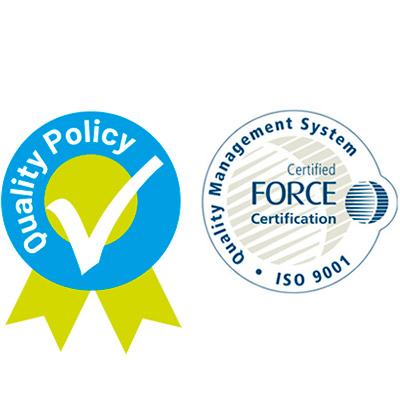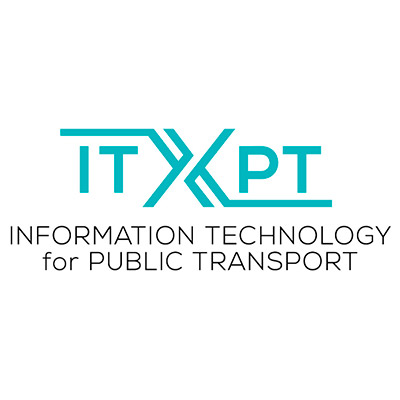
Functionality:
The following routes are defined for buses on line 4A (indicated by LIN number):
- A-C-D-F
- B-C-D-F
- A-C-D-E
- B-C-D-E
As shown, buses from points A and B merge at point C and split again at point D, where they separate towards E and F, respectively.
On any given part of this route, the bus must orient itself in relation to the bus ahead and the bus behind.
Driver Terminal: When a route with headway management is selected, the driver will see a line at the bottom of the screen showing the following:


Simple Headway Management: Simple headway management ensures that buses on the same line maintain a consistent time interval between each other. This means there are no fixed departure times – only departure frequencies (e.g., every 10 minutes). On the driver's terminal at the starting stop, a counter will count down to the departure time based on when the previous bus left the starting stop.
Common Headway Management: Common headway management is route-based. A route (Geofenced) is defined, also called a headway zone, where all buses – regardless of line – "merge" onto a route where they must maintain a fixed interval in minutes. At the end of the headway zone, the buses "unmerge" and return to conventional driving.
Drivers will see the headway distance in real time on their screen. The driver should aim to stay within the “green” zone on their screen, which indicates the correct headway distance with a tolerance window of +/- X minutes.
Adibus Live – Real-Time Headway Management Display
Illustration to the left.






